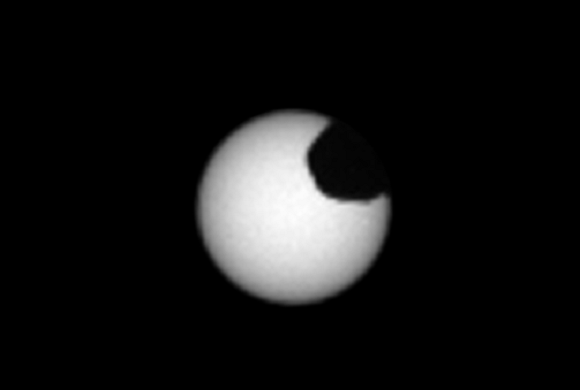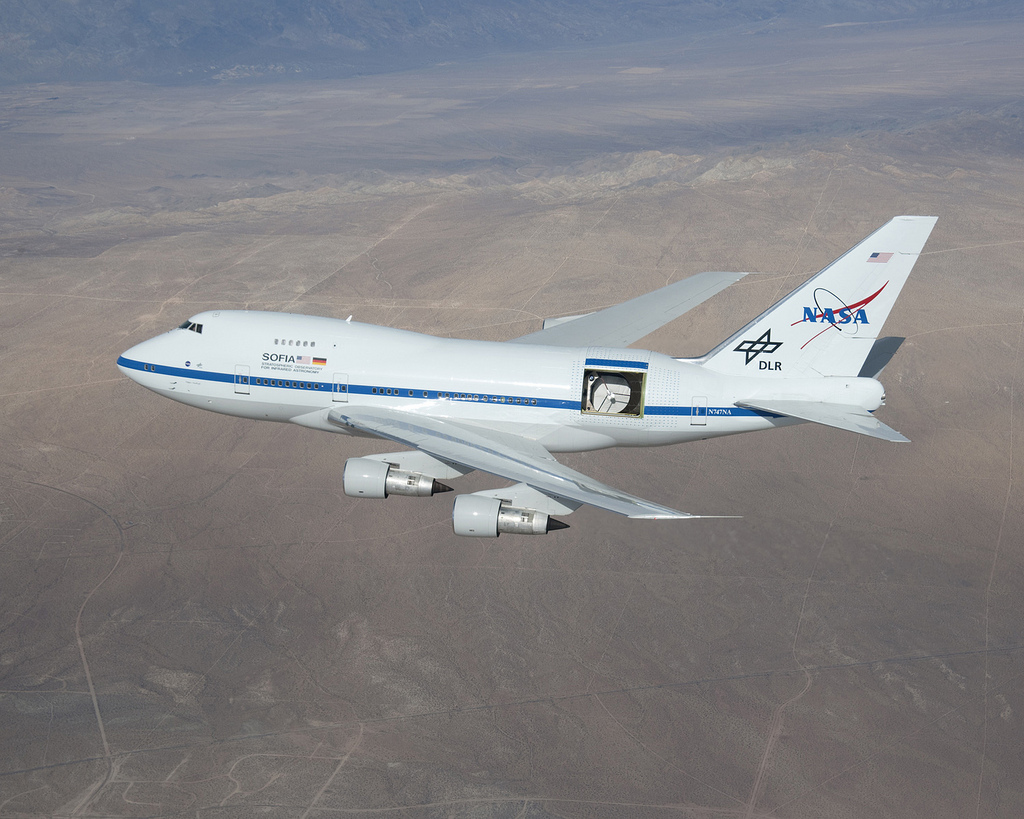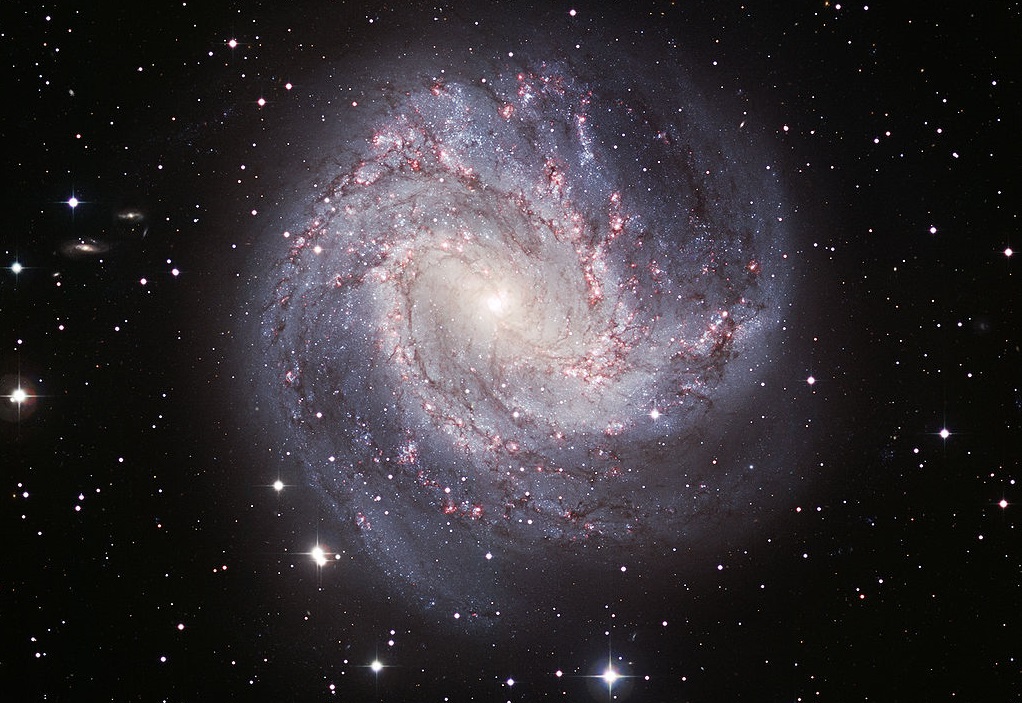SpaceX has made some amazing accomplishments in the past few years, all of which have been in keeping with Elon Musk’s promise to cut the costs of space exploration. And with all the excitement surrounding the Starship Hopper and its first hop tests, there was one very important accomplishment that seems to have faded into the background a little.
Luckily, SpaceX reminded everyone about it this week, as the company conducted the second successful launch of their Falcon Heavy rocket from NASA’s Kennedy Space Center. But what was especially impressive this time around is the fact that they managed to retrieve all three of the Falcon Heavy’s rocket boosters, as well as the payload fairings.
Continue reading “SpaceX Does it Again with Second Retrieval of Falcon Heavy Rocket”








